Home>Furniture & Design>Office Furniture>How To Fix An Office Chair That Won’t Stay Up
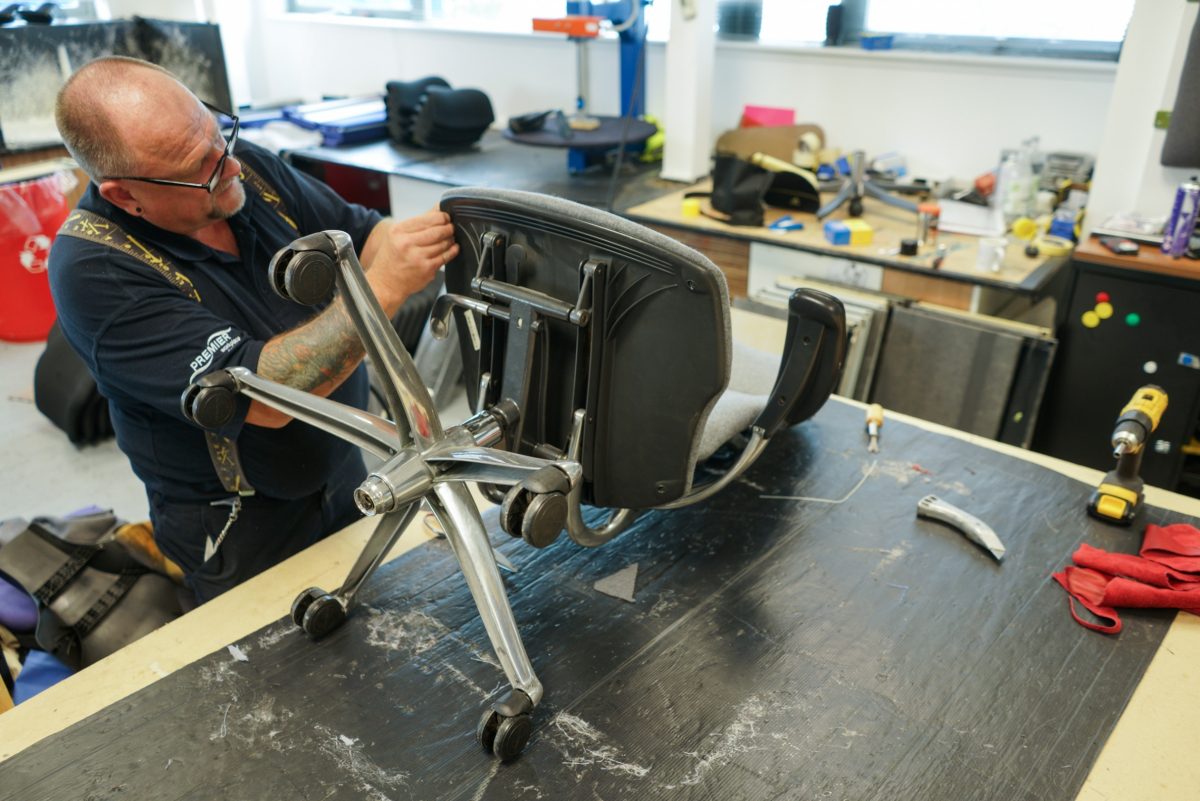

Office Furniture
How To Fix An Office Chair That Won’t Stay Up
Modified: August 16, 2024
Discover how to troubleshoot and repair an office chair that won't stay in the raised position. Get expert tips and solutions for office furniture issues.
(Many of the links in this article redirect to a specific reviewed product. Your purchase of these products through affiliate links helps to generate commission for Storables.com, at no extra cost. Learn more)
Introduction
If you've ever experienced the frustration of sitting down in your office chair, only to have it slowly sink to its lowest position, you're not alone. A sinking office chair can be a real nuisance, disrupting your focus and productivity. Fortunately, many common issues that cause an office chair to lose its height can be easily fixed with a few simple adjustments.
In this guide, we'll walk you through the steps to diagnose and resolve the problem of a sinking office chair. Whether it's a faulty pneumatic cylinder, a loose tilt tension knob, or other mechanical issues, we've got you covered. By following these troubleshooting tips, you can save yourself the hassle and expense of replacing your office chair and get back to enjoying a comfortable and supportive seating experience.
So, grab your toolkit and let's dive into the world of office chair repair. With a little know-how and some elbow grease, you'll soon be on your way to reclaiming the perfect seating arrangement for your work space.
Key Takeaways:
- Don’t let a sinking office chair get you down! Check the pneumatic cylinder, tighten loose screws, and adjust the tilt tension to keep your chair at the perfect height for a comfortable workday.
- Regular maintenance, like lubricating the mechanism, can prevent sinking office chair woes. Take the time to assess and address issues to enjoy a long-lasting, supportive seating experience.
Assessing the Problem
Before diving into the repair process, it’s essential to pinpoint the exact cause of your office chair’s height adjustment issue. Start by sitting in the chair and observing whether it sinks slowly or rapidly upon applying weight. This observation can help you determine the severity of the problem and guide your troubleshooting efforts.
Next, check for any visible signs of damage or wear on the chair’s components. Inspect the pneumatic cylinder, which is responsible for controlling the chair’s height adjustment, for any signs of leakage or damage. Additionally, test the tilt tension knob to see if it’s functioning correctly. Loose screws or bolts in the chair’s mechanism can also contribute to height adjustment problems, so give the chair a thorough once-over to identify any loose or damaged hardware.
Furthermore, consider the chair’s age and usage patterns. Over time, the internal components of an office chair can wear down, leading to issues with height adjustment. If the chair is relatively old or has seen heavy use, it’s possible that internal components, such as the gas lift or tilt mechanism, may be in need of attention.
By taking the time to assess the problem comprehensively, you’ll be better equipped to address the specific issue affecting your office chair. This proactive approach will streamline the repair process and increase the likelihood of achieving a successful resolution.
Checking the Pneumatic Cylinder
The pneumatic cylinder is a crucial component of an office chair’s height adjustment mechanism. It utilizes compressed air to facilitate smooth and effortless changes in the chair’s height position. If the chair is sinking, the pneumatic cylinder may be the culprit.
To begin diagnosing the pneumatic cylinder, turn the chair on its side or back to gain access to the cylinder. Carefully inspect the cylinder for any signs of damage, such as dents, cracks, or leaks. If you notice any visible damage or evidence of leaking hydraulic fluid, it’s a clear indication that the pneumatic cylinder needs to be replaced.
If there are no visible signs of damage, the next step is to test the cylinder’s functionality. Extend the chair to its maximum height position and listen for any hissing sounds, which may indicate air leakage. Gently press down on the chair to apply weight and observe if it gradually sinks. If the chair lowers without resistance, it’s likely that the pneumatic cylinder is failing to hold pressure, resulting in the height adjustment issue.
In some cases, the pneumatic cylinder may simply need to be repressurized to restore its functionality. This can be achieved using a pneumatic cylinder repair kit, which typically includes the necessary components to reseal and pressurize the cylinder. However, if the cylinder shows signs of significant wear or damage, replacing it with a new cylinder is the most effective solution.
By thoroughly examining the pneumatic cylinder and testing its performance, you can accurately determine whether it’s the root cause of your office chair’s height adjustment problem. Addressing issues with the pneumatic cylinder promptly will help restore your chair’s functionality and ensure a comfortable and ergonomic seating experience.
Adjusting the Tilt Tension Knob
Another common culprit behind a sinking office chair is a malfunctioning tilt tension knob. This knob, often located beneath the seat or on one side of the chair, controls the amount of resistance or tension when reclining in the chair. If the tilt tension is set too loose, it can lead to the chair slowly sinking when weight is applied.
To address this issue, begin by locating the tilt tension knob on your office chair. Depending on the chair model, the knob may be positioned beneath the seat, on the side of the seat, or integrated into the chair’s tilt mechanism. Once located, assess the current tension setting by gently rocking back and forth in the chair. If the chair reclines too easily or fails to maintain its position, the tilt tension likely needs adjustment.
To tighten the tilt tension, rotate the knob clockwise to increase the resistance. Start with small adjustments, testing the chair’s reclining motion after each turn of the knob. It’s important to find the right balance of tension that allows for comfortable movement while preventing the chair from sinking under the user’s weight.
Conversely, if the chair’s reclining motion feels too rigid or stiff, the tilt tension may be set too tight. In this case, turn the knob counterclockwise to reduce the tension, allowing for smoother and more effortless reclining without compromising the chair’s height adjustment stability.
Throughout the adjustment process, pay attention to how the chair responds to changes in the tilt tension. Finding the optimal setting will ensure that the chair remains at the desired height when in use, promoting a supportive and ergonomic seating experience.
By addressing any issues with the tilt tension knob, you can effectively prevent your office chair from sinking and customize the reclining resistance to suit your personal comfort preferences.
Check the pneumatic cylinder for leaks or damage. If it’s the issue, replace it with a new one. If not, inspect the chair’s mechanism for any loose or worn out parts and tighten or replace them as needed.
Tightening Loose Screws
Loose screws and bolts within an office chair’s mechanism can contribute to a variety of issues, including a loss of height adjustment functionality. Over time, the constant use and movement of the chair can cause screws to loosen, compromising the stability and performance of the chair’s components. By identifying and tightening these loose fasteners, you can restore the chair’s structural integrity and address the height adjustment problem.
Start by carefully inspecting the chair for any visible signs of loose screws or bolts. Common areas to check include the base of the chair, the seat mechanism, armrests, and the backrest. Using a screwdriver or appropriate tool, gently tighten any fasteners that show signs of looseness. It’s important to exercise caution and avoid over-tightening, as this can strip the threads or damage the components.
Additionally, pay close attention to the attachment points between the seat and the chair’s gas lift or height adjustment mechanism. Loose or improperly secured connections in this area can directly impact the chair’s ability to maintain its height position. By ensuring that all attachment points are securely fastened, you can minimize the risk of the chair sinking due to structural instability.
When tightening screws and bolts, it’s beneficial to follow the manufacturer’s recommendations for torque specifications, if available. This will help prevent overtightening and maintain the integrity of the chair’s components. If you encounter any stripped screws or damaged fasteners during the inspection, consider replacing them with suitable replacements to ensure the chair’s long-term reliability.
By addressing loose screws and bolts within the chair’s structure, you can enhance its stability and performance, effectively resolving the height adjustment issue and promoting a secure and dependable seating experience.
Read more: How To Fix Hydraulics On An Office Chair
Lubricating the Mechanism
Proper lubrication is vital for maintaining the smooth operation and functionality of an office chair’s height adjustment mechanism. Over time, friction and wear can lead to stiffness or resistance in the chair’s moving parts, hindering its ability to maintain the desired height position. By lubricating the mechanism, you can reduce friction, minimize wear, and ensure that the chair operates seamlessly.
Begin by identifying the key moving components of the chair, including the gas lift, tilt mechanism, and any adjustable features such as armrests and backrests. These areas are prone to friction and may benefit from lubrication to optimize their performance. Using a suitable lubricant, such as silicone-based or PTFE (polytetrafluoroethylene) spray, apply a small amount to the moving parts and joints of the chair’s mechanism.
When applying the lubricant, focus on the pivot points, hinges, and areas where metal or plastic components come into contact. Be mindful of not over-applying the lubricant, as excess residue can attract dust and debris, potentially leading to operational issues over time. After applying the lubricant, work the moving parts to ensure that the lubrication is evenly distributed and that any stiffness or resistance is alleviated.
It’s important to note that not all components of an office chair may require lubrication, and certain areas, such as the pneumatic cylinder, should not be lubricated. Refer to the chair’s user manual or manufacturer’s guidelines to identify the specific components that can benefit from lubrication and the recommended type of lubricant to use.
Regular maintenance of the chair’s mechanism through lubrication can prolong its lifespan, promote smooth operation, and prevent issues related to height adjustment and movement. By incorporating lubrication into your chair maintenance routine, you can ensure that your office chair remains in optimal working condition for an extended period.
Conclusion
Repairing a sinking office chair is a manageable task that can save you from the inconvenience of dealing with an uncomfortable seating situation. By following the troubleshooting steps outlined in this guide, you can effectively diagnose and address the underlying issues affecting your chair’s height adjustment mechanism.
Assessing the problem is the first crucial step, allowing you to identify the specific component or mechanism responsible for the chair’s height adjustment issue. Whether it’s a faulty pneumatic cylinder, a loose tilt tension knob, or loose screws, a comprehensive assessment sets the stage for targeted repairs.
Checking the pneumatic cylinder is essential, as this component plays a pivotal role in controlling the chair’s height position. By inspecting for damage and testing its functionality, you can determine whether the cylinder requires repair or replacement to restore proper operation.
Adjusting the tilt tension knob provides an opportunity to fine-tune the chair’s reclining resistance, preventing it from sinking due to inadequate tension. Finding the optimal setting ensures a balance between support and comfort during use.
Tightening loose screws within the chair’s structure is a fundamental maintenance task that can significantly improve its stability and performance. By securing fasteners and attachment points, you can mitigate the risk of the chair sinking as a result of structural instability.
Lubricating the mechanism is a proactive measure that minimizes friction and wear, promoting smooth operation and preventing issues related to height adjustment and movement. Regular lubrication can contribute to the long-term reliability of the chair’s components.
In conclusion, addressing a sinking office chair involves a systematic approach to troubleshooting and repairs. By taking the time to assess, diagnose, and resolve the underlying issues, you can restore your chair’s height adjustment functionality and enjoy a comfortable and supportive seating experience. With these maintenance techniques at your disposal, you can prolong the lifespan of your office chair and minimize the need for costly replacements.
Frequently Asked Questions about How To Fix An Office Chair That Won't Stay Up
Was this page helpful?
At Storables.com, we guarantee accurate and reliable information. Our content, validated by Expert Board Contributors, is crafted following stringent Editorial Policies. We're committed to providing you with well-researched, expert-backed insights for all your informational needs.

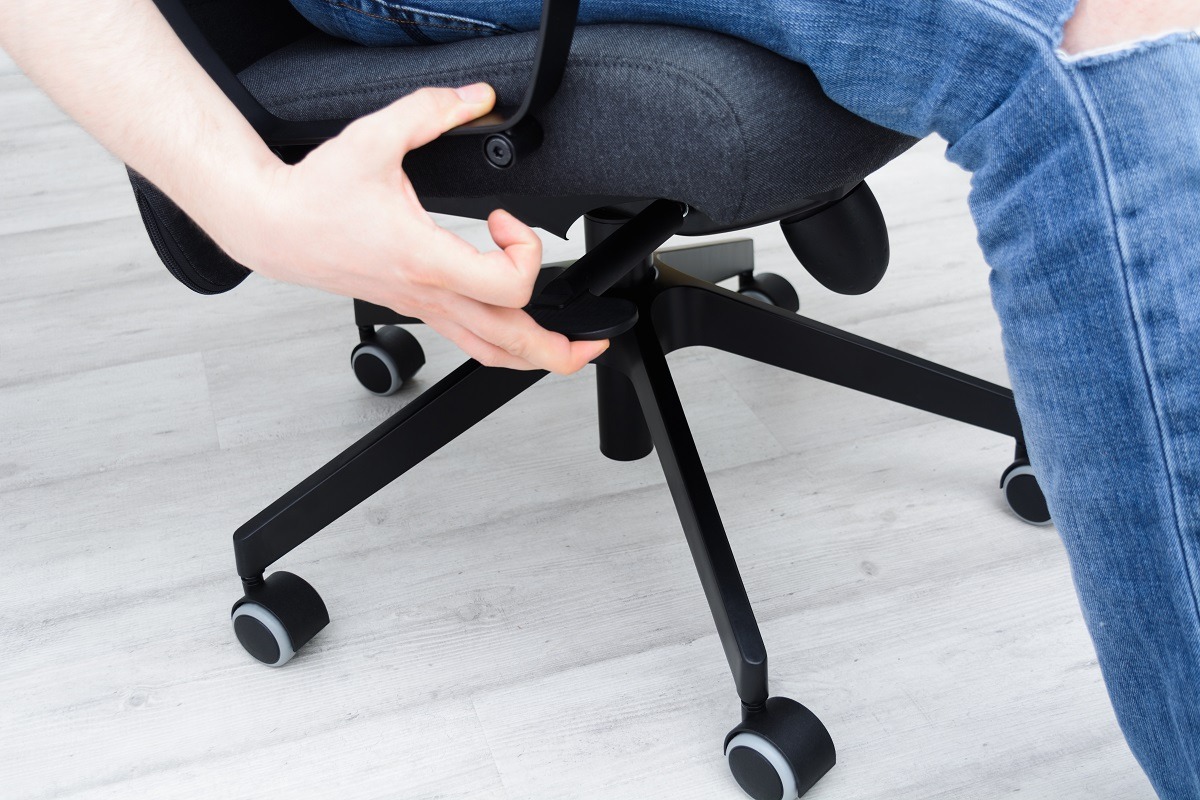
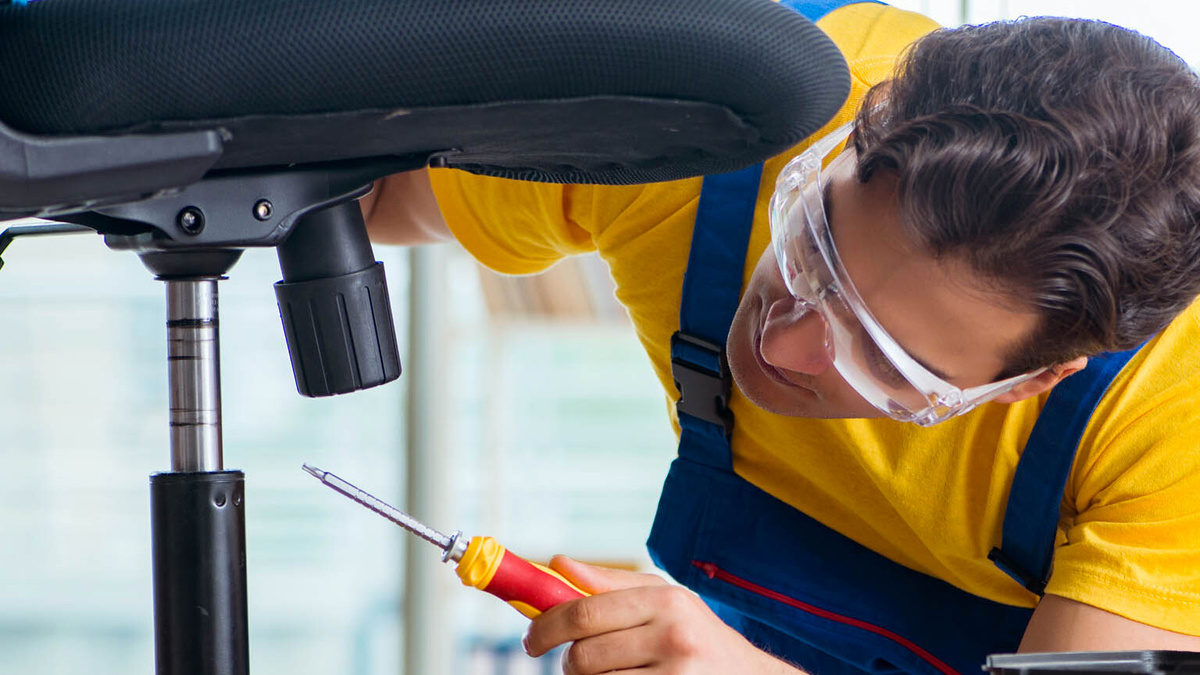
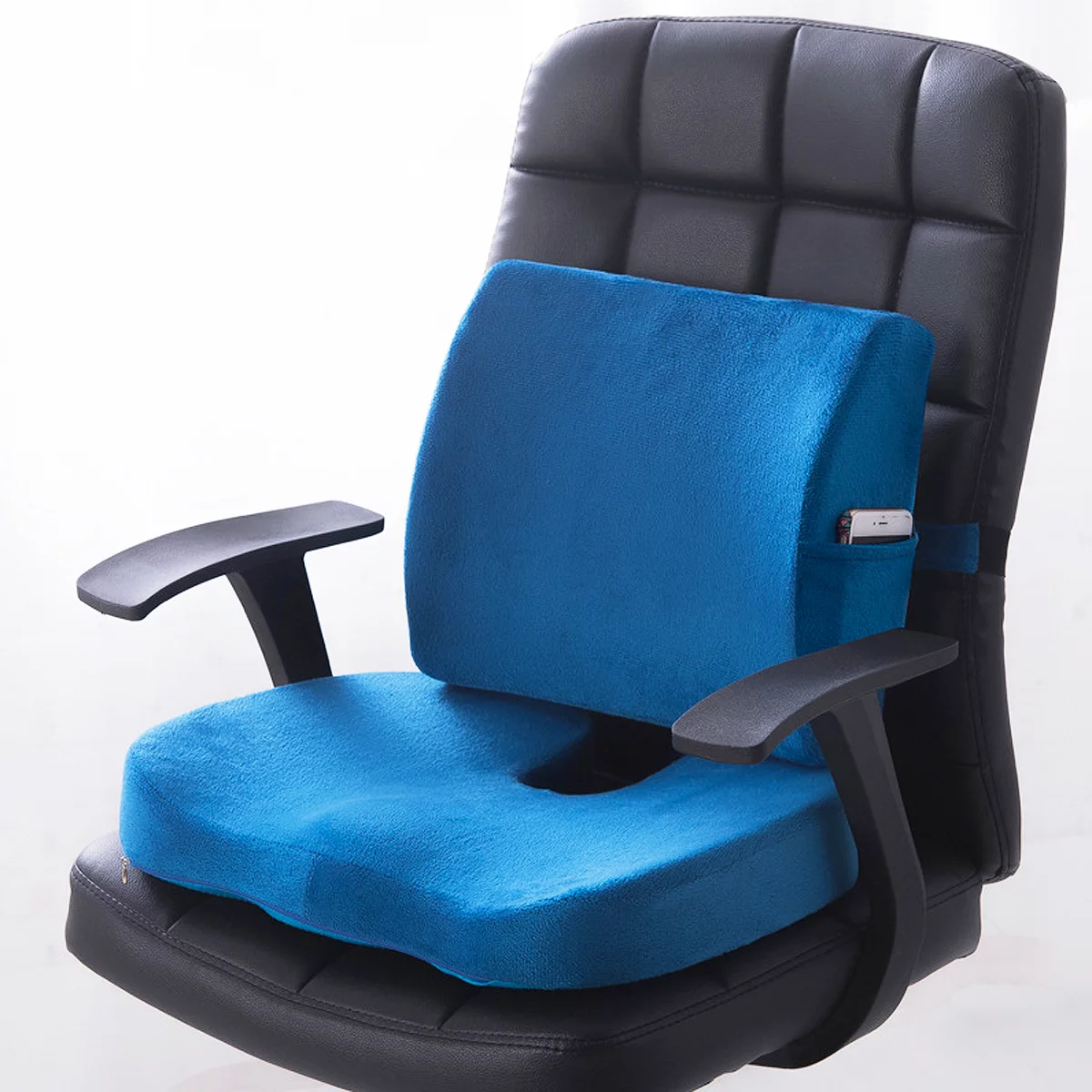
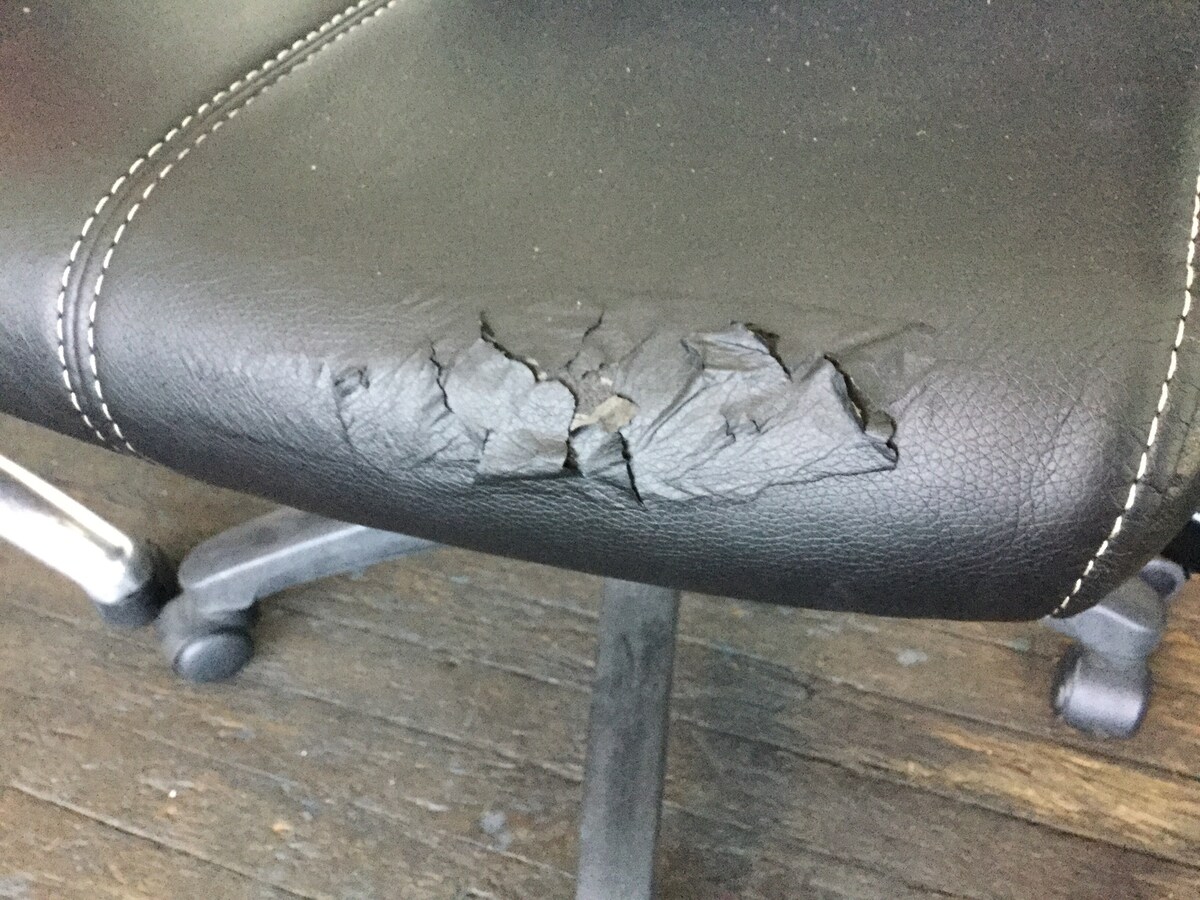
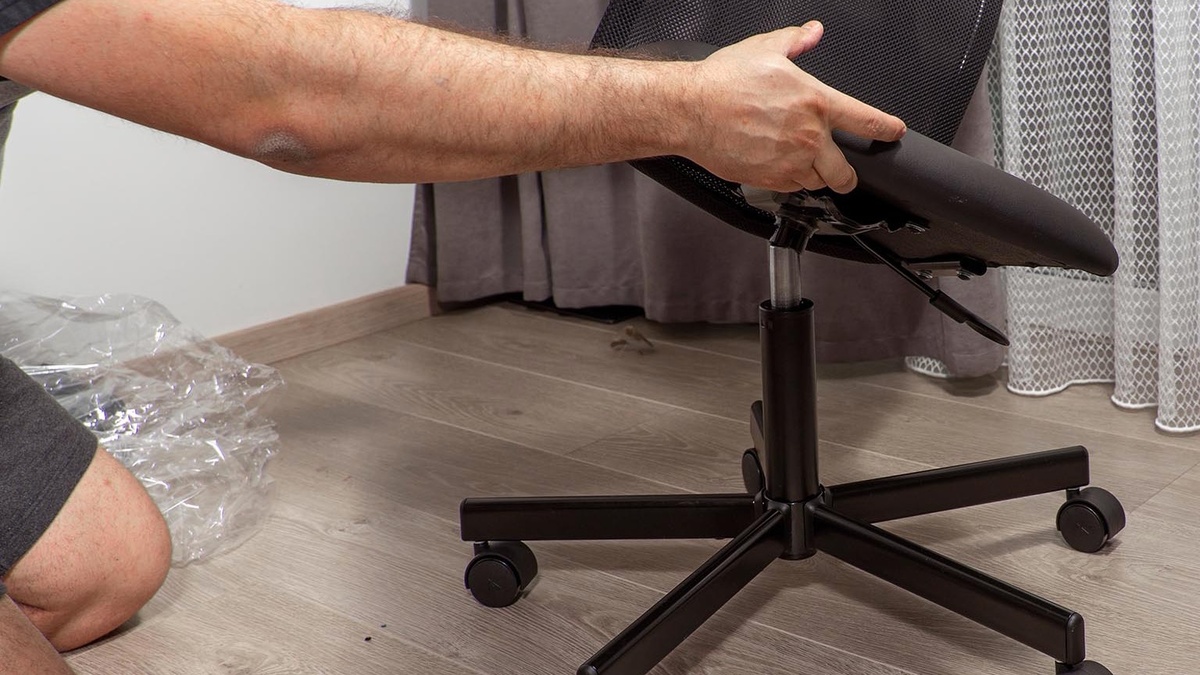
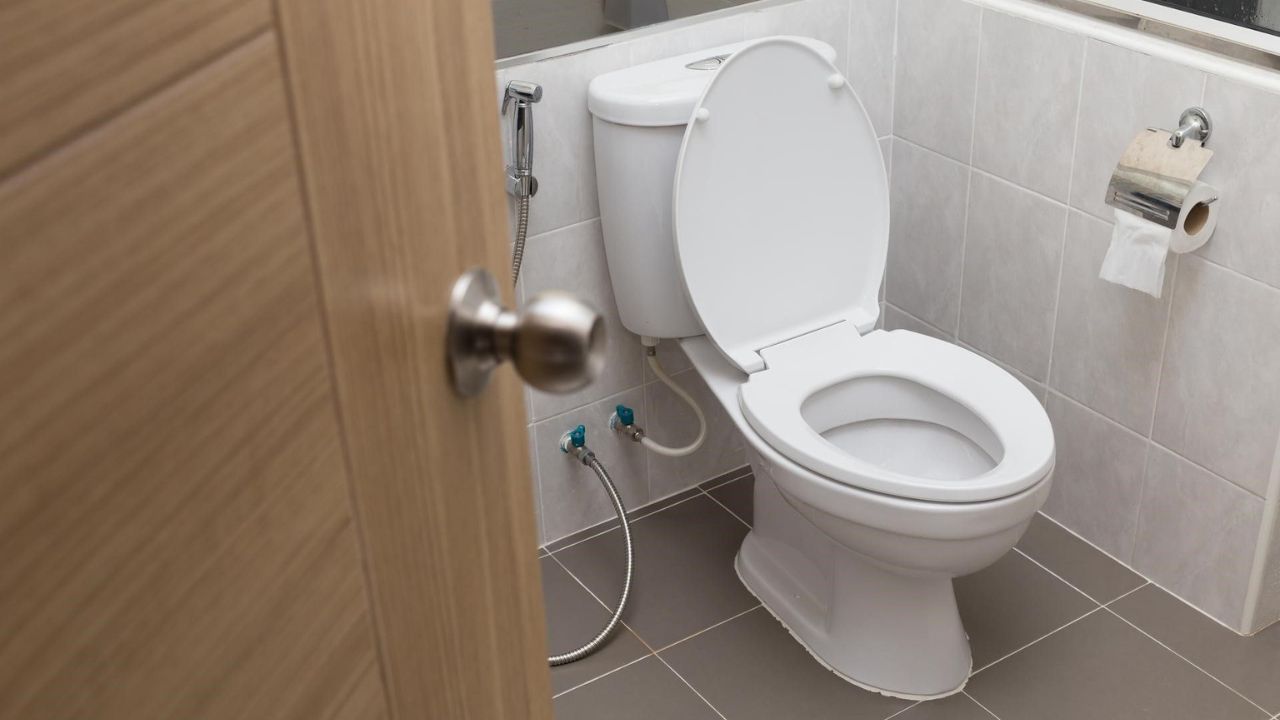

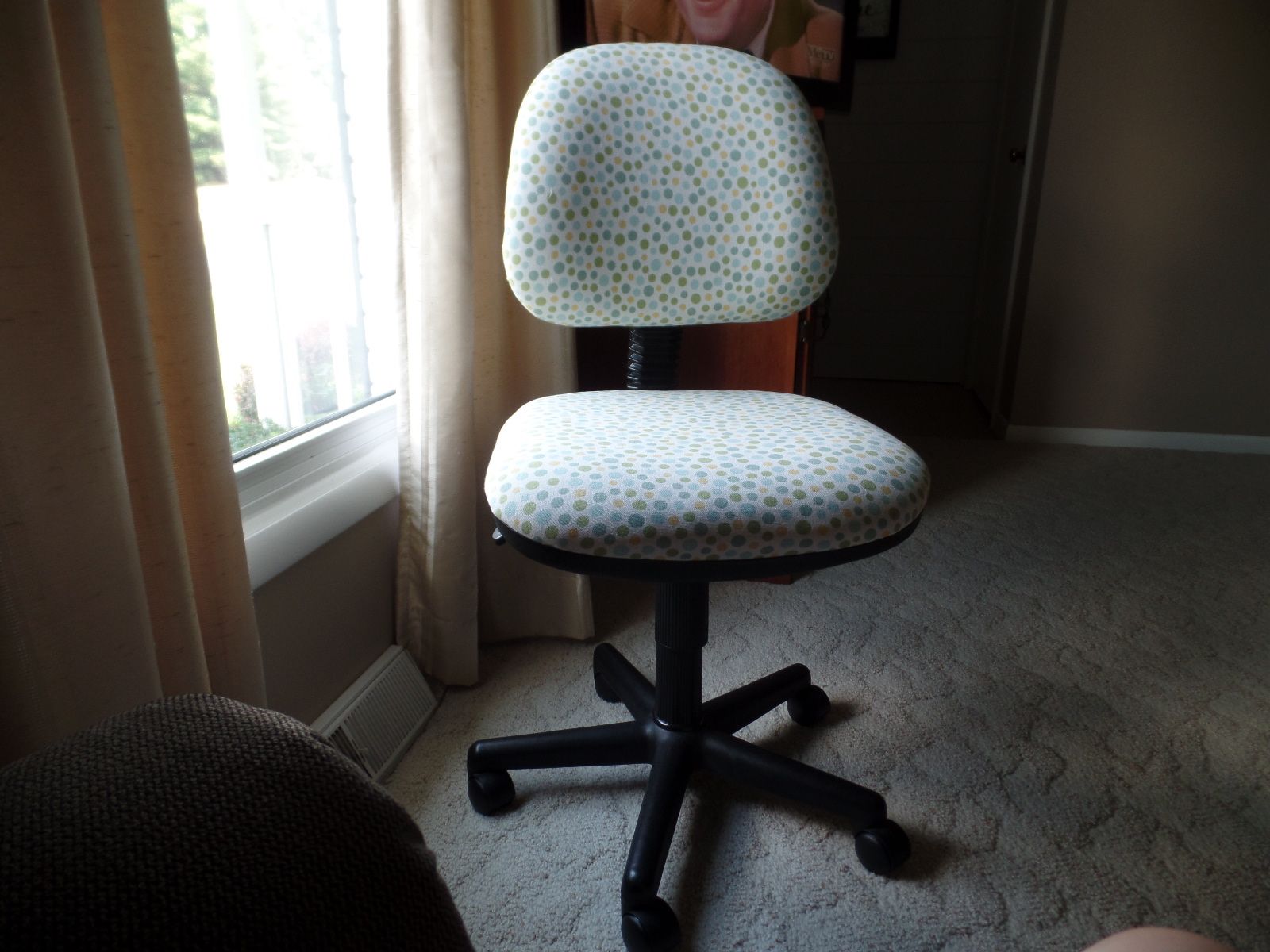
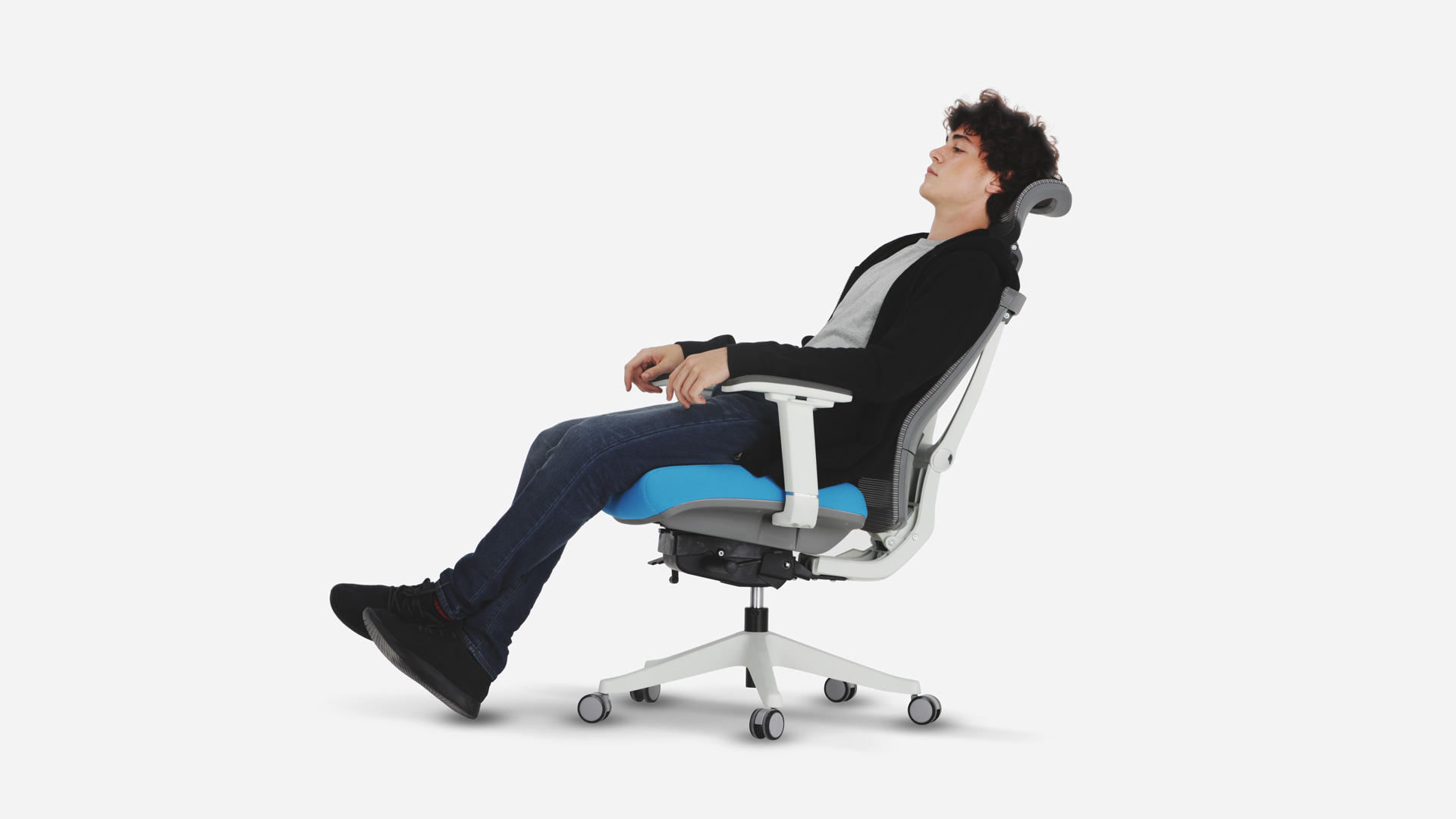
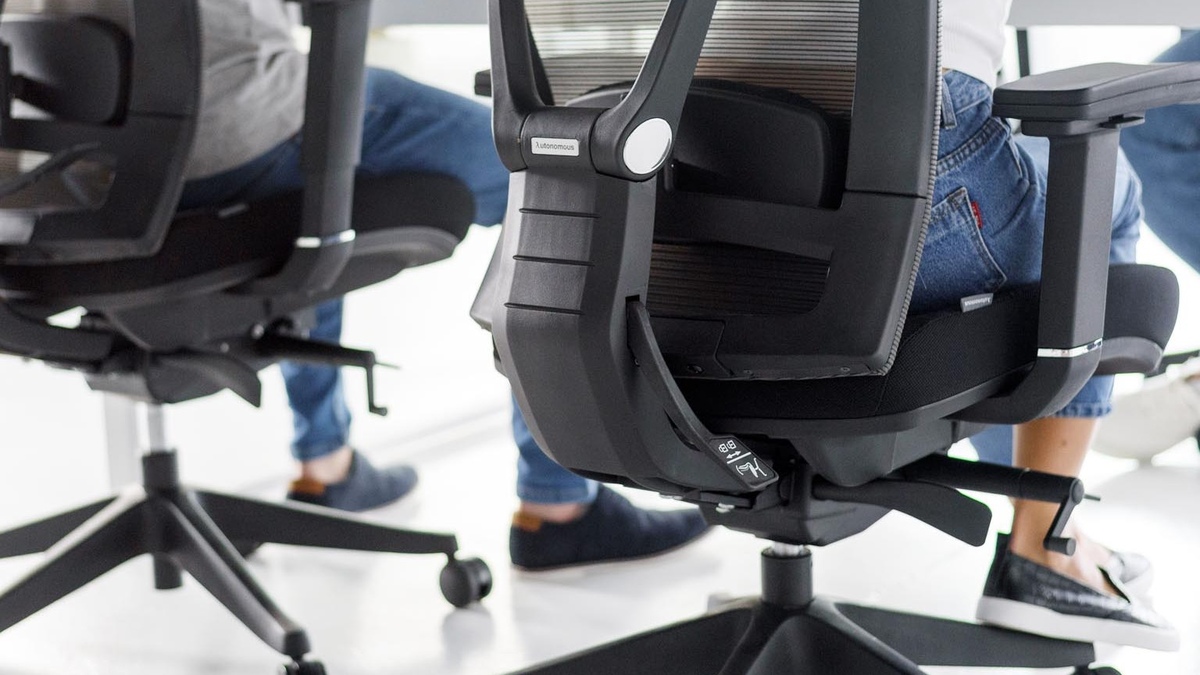
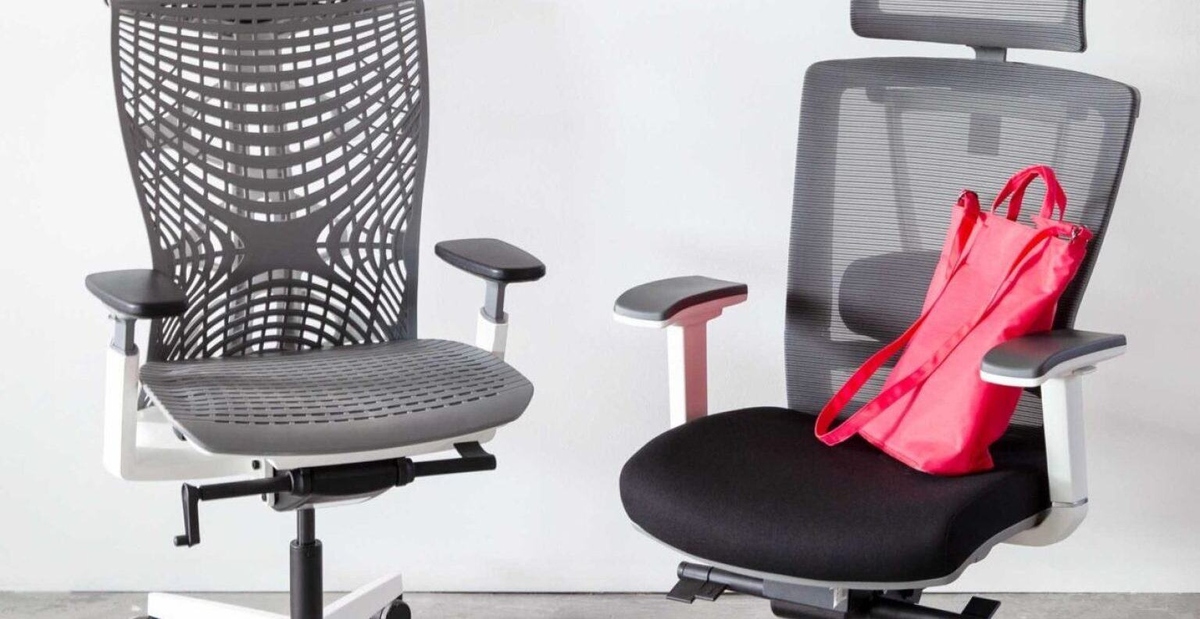
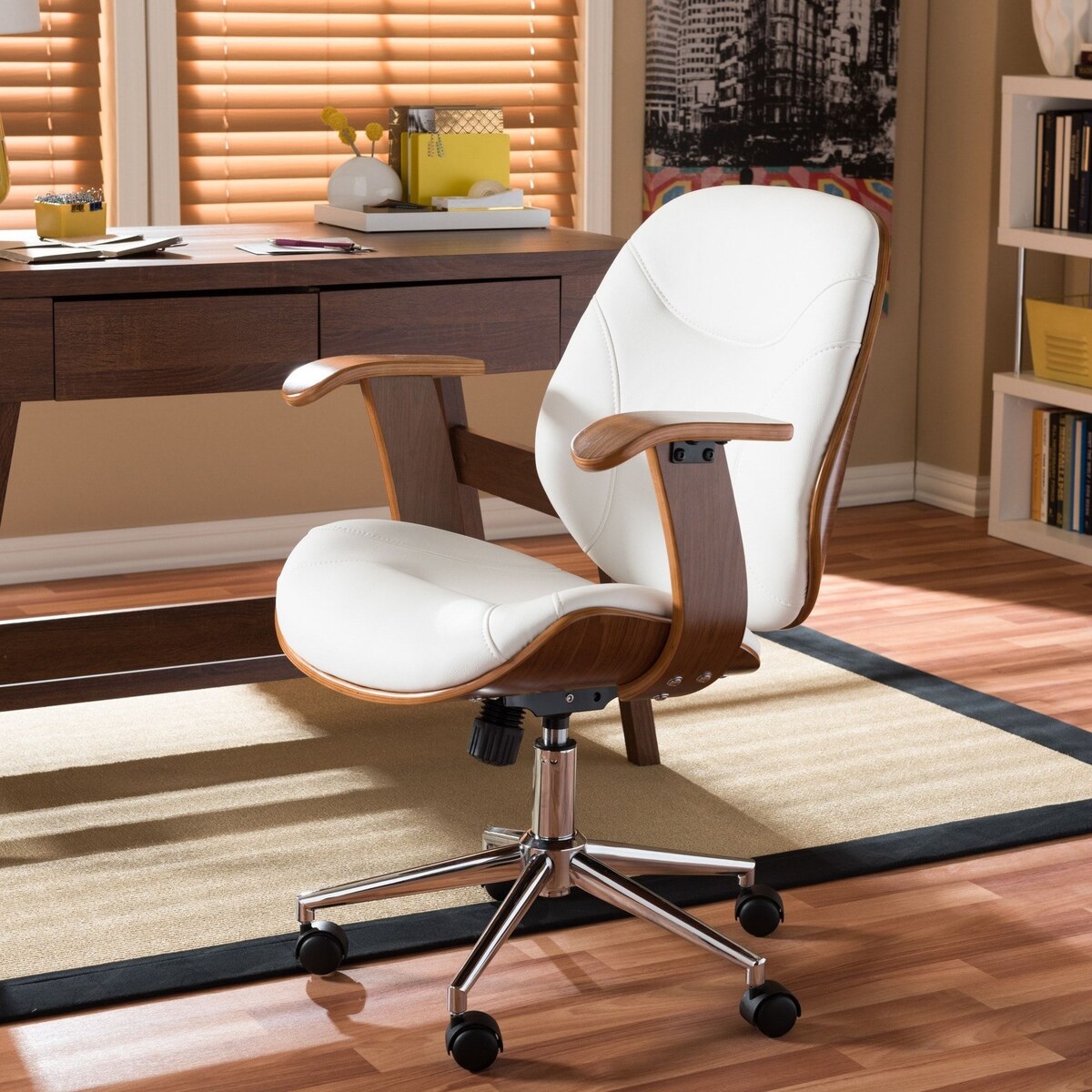
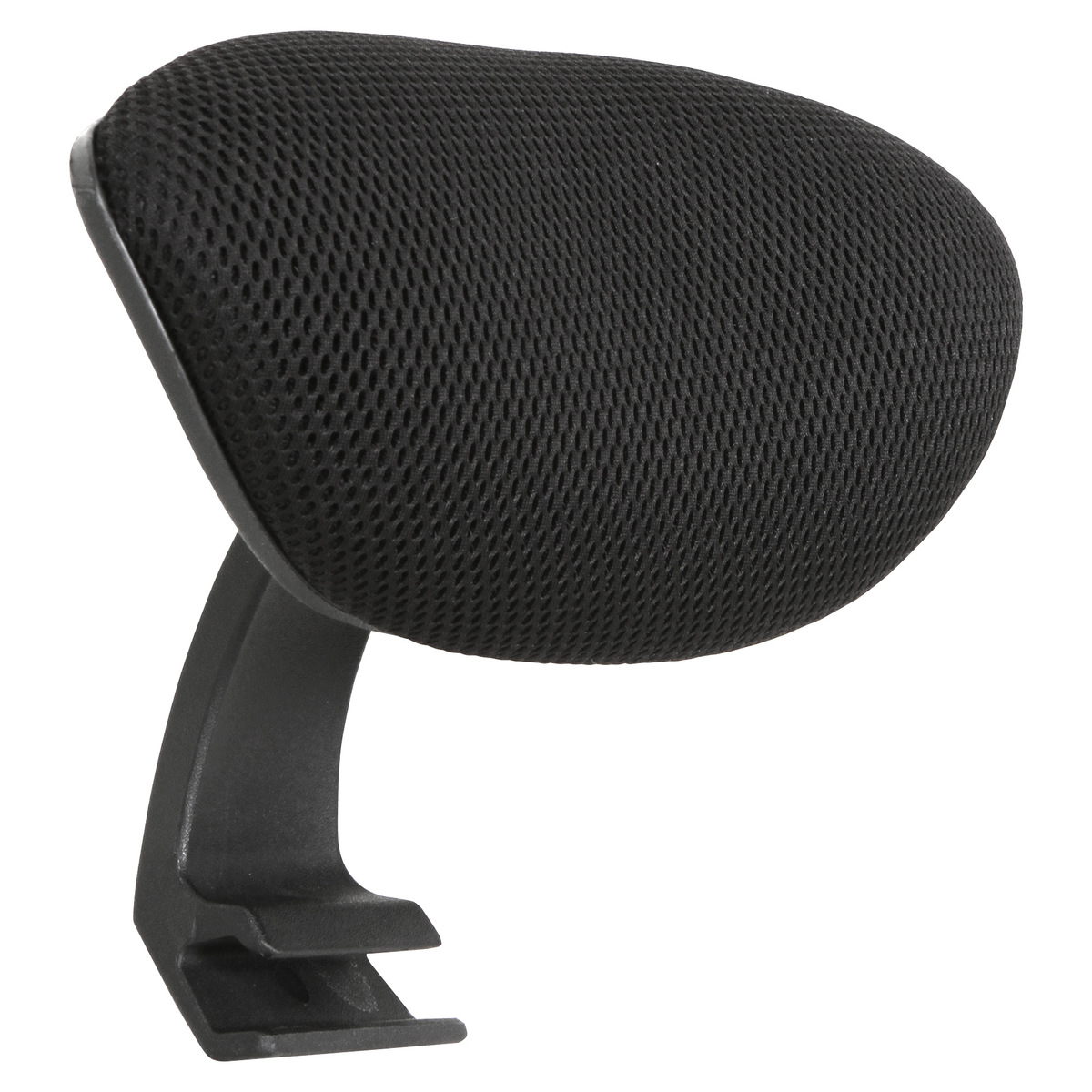

0 thoughts on “How To Fix An Office Chair That Won’t Stay Up”